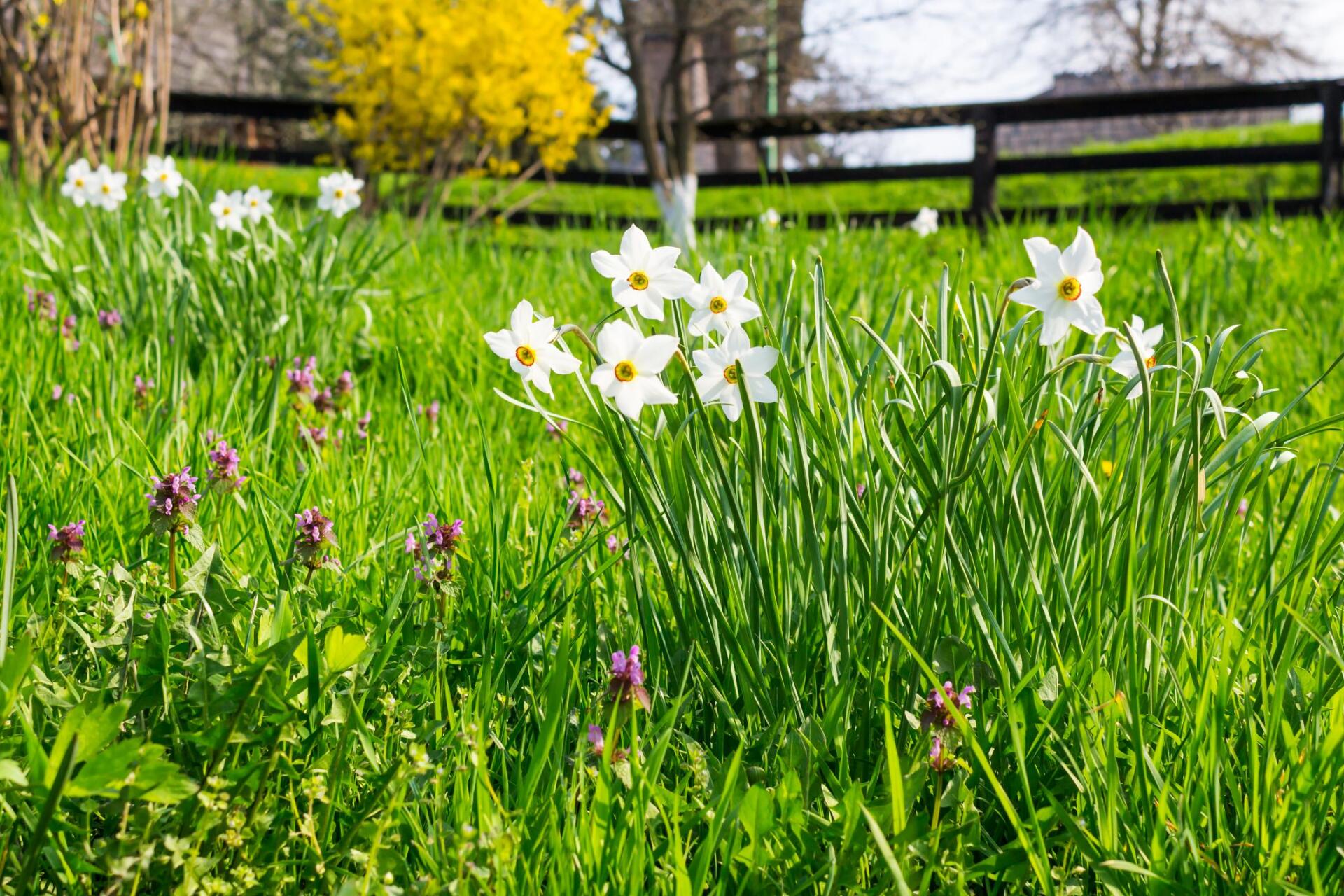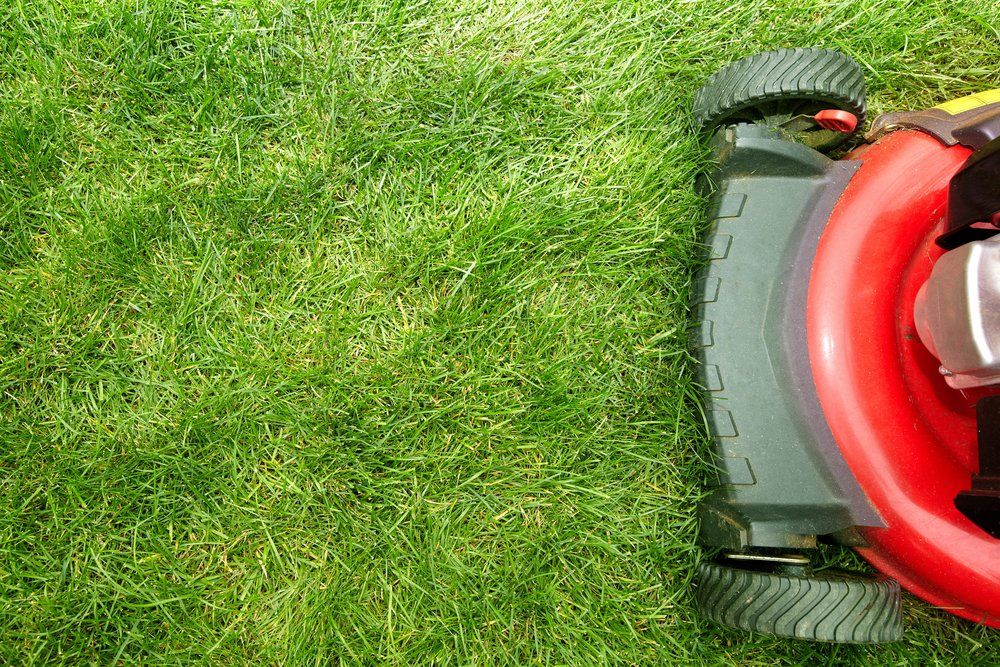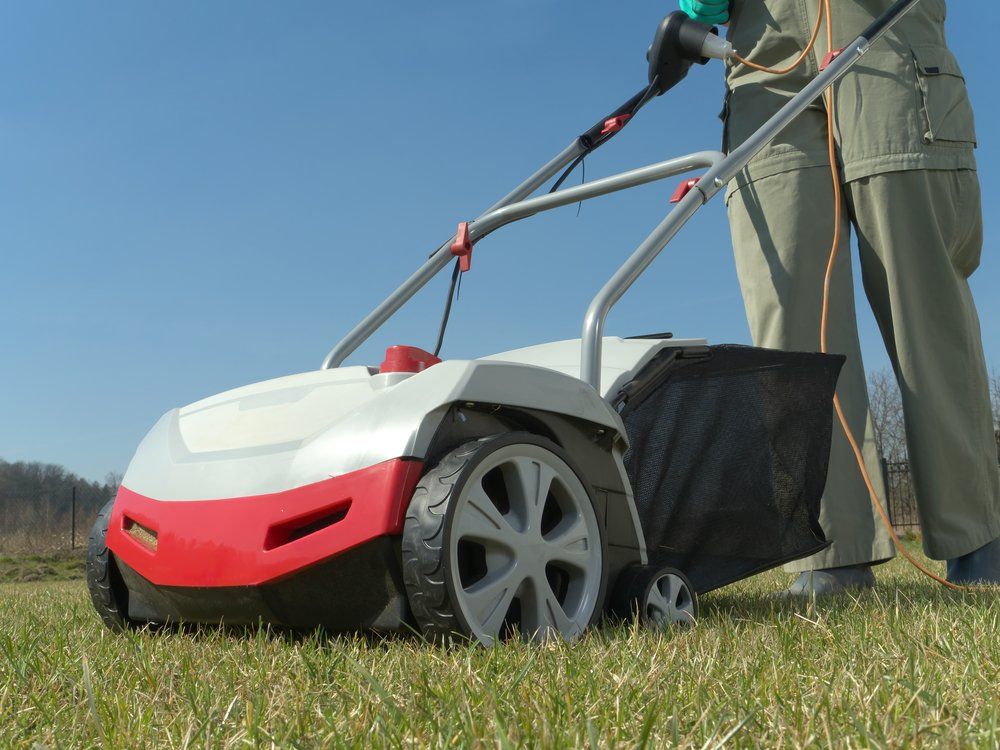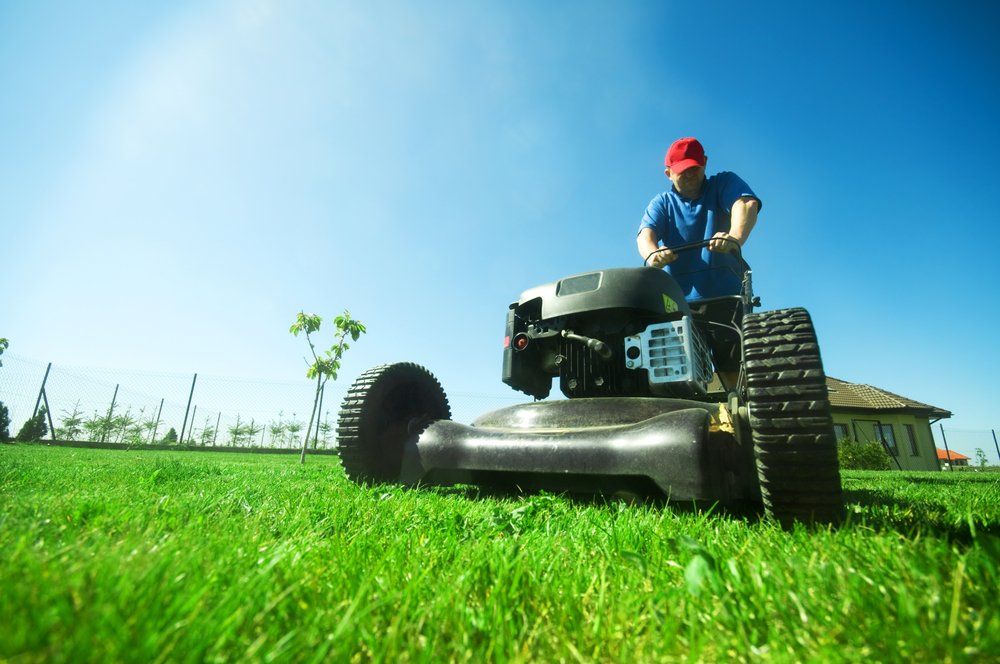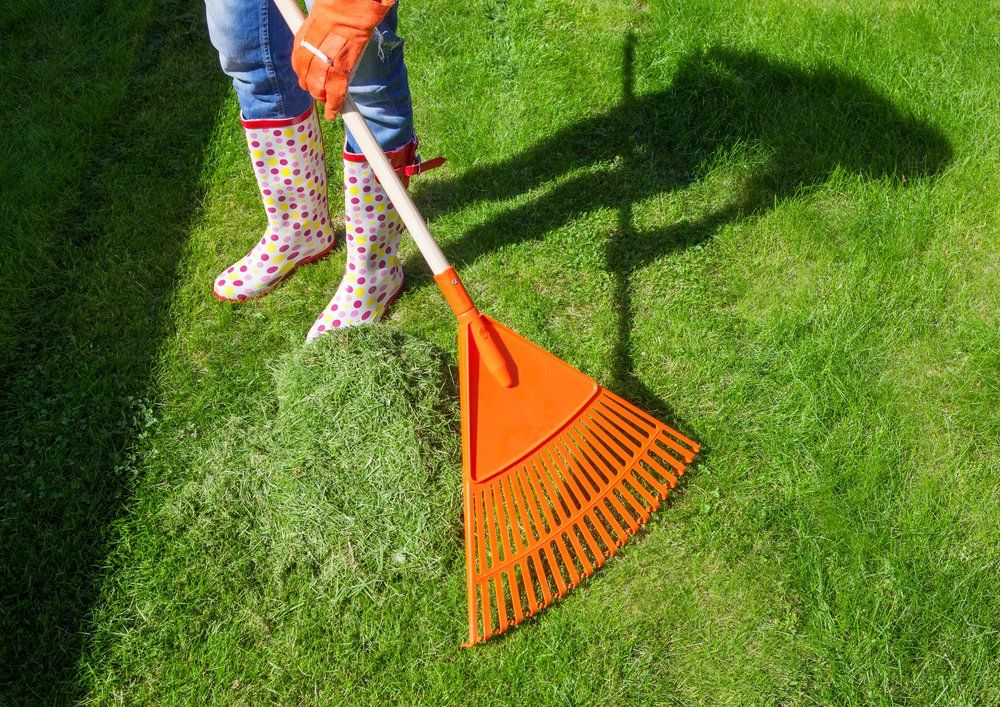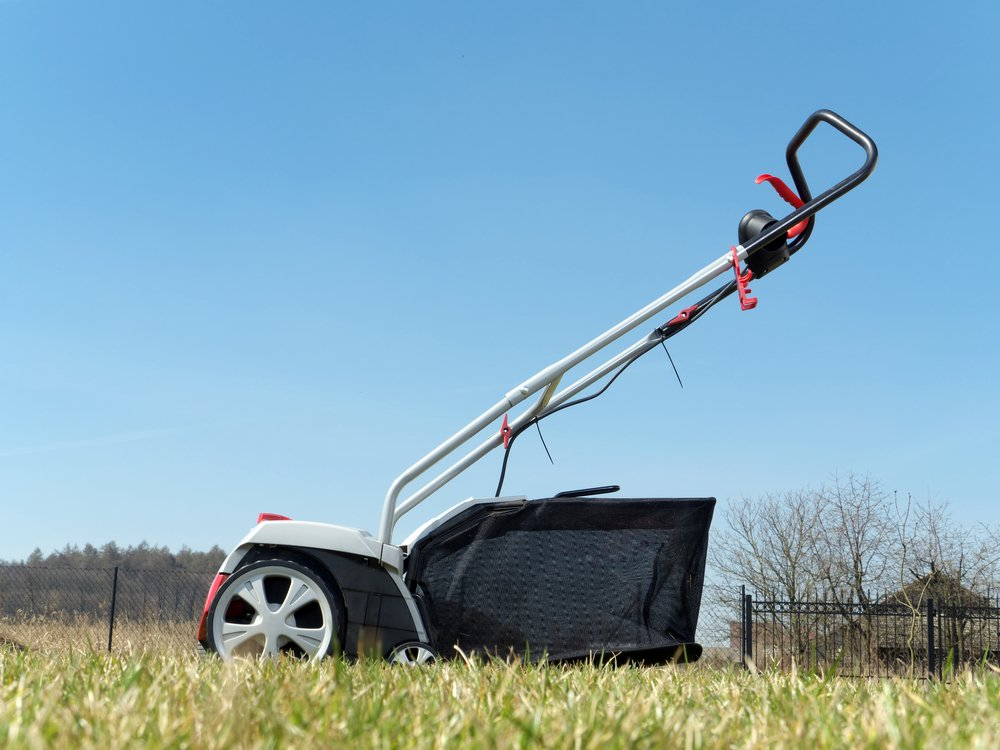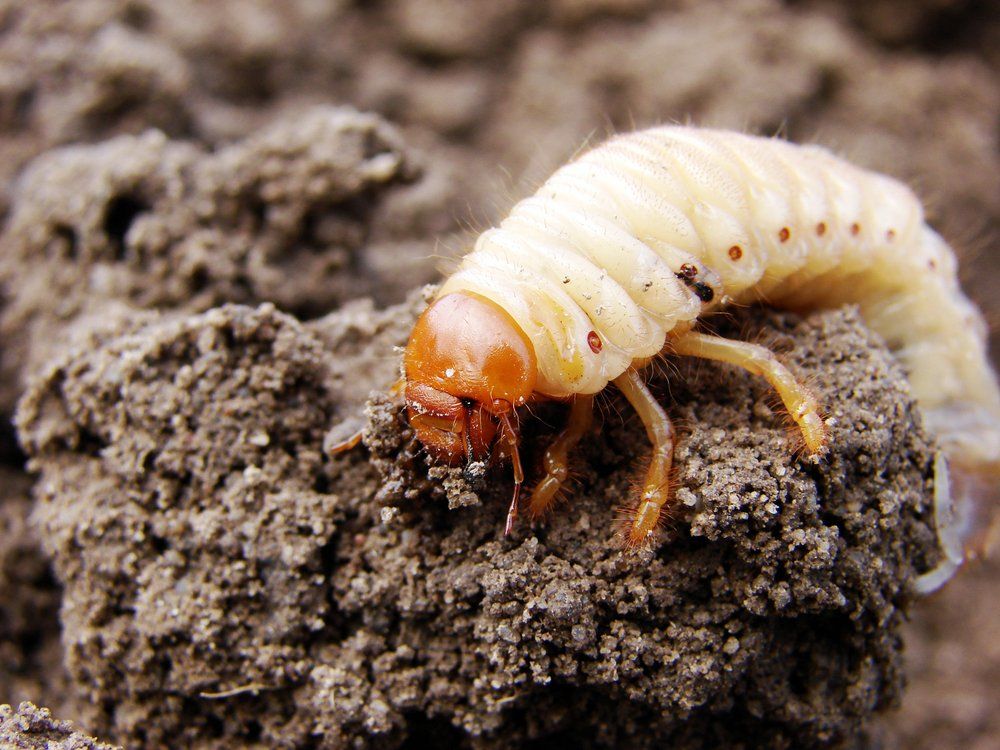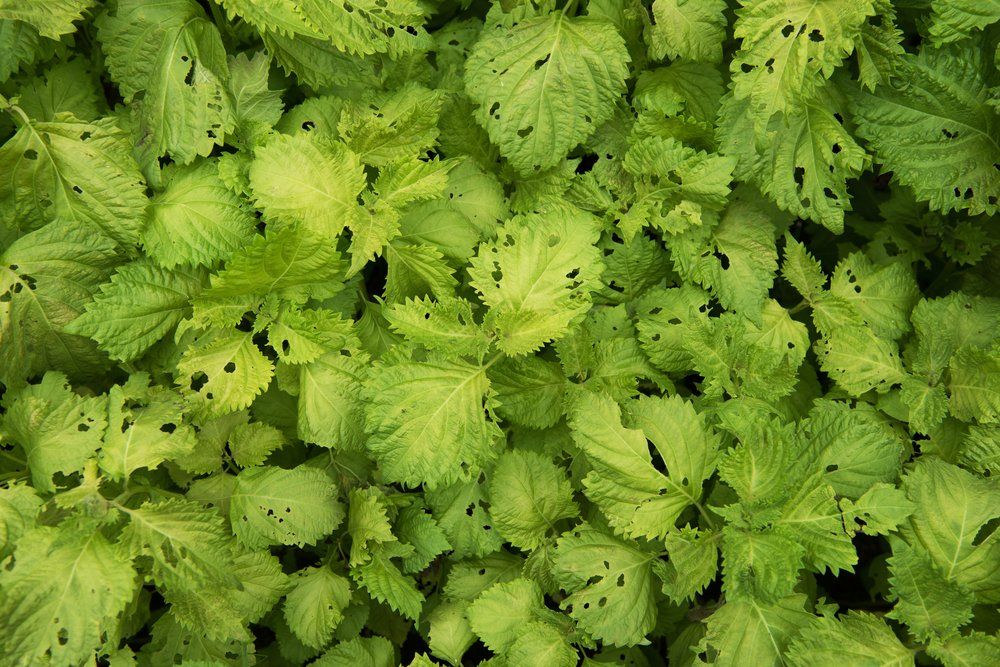
To keep your lawn looking nice, you need to take good care of it. This includes regular mowing, watering, and fertilizing. Additionally, you should also be vigilant about removing weeds and pests that can threaten the health of your grass. Taking the time to properly care for your lawn will not only improve its overall appearance but also help to promote healthy growth and longevity. Remember, a well-maintained lawn can significantly enhance the curb appeal of your home and create a welcoming outdoor space for you and your family to enjoy.
This includes implementing a thorough regimen that encompasses proper mowing techniques, timely application of fertilizer, consistent watering practices, and routine aeration processes. By consistently following these steps, you can effectively foster healthy growth in your lawn and uphold its aesthetically pleasing appearance. By adhering to these key guidelines, you can create and maintain a beautiful lawn that serves to enhance the overall curb appeal of your home.
Proper Mowing Techniques
Mowing your lawn is a vital component of maintaining its overall health and appearance. Not only does regular mowing help keep your grass at a desirable height, but it also plays a significant role in promoting healthy growth. Adhering to the one-third rule is essential when it comes to mowing your lawn. This rule states that you should never cut more than one-third of the grass blade at a time. By following this rule, you can prevent shock and stress to the grass, ultimately leading to a lusher and greener lawn. In addition to the one-third rule, it is also important to vary your mowing patterns. This practice helps avoid creating ruts in the lawn and encourages even growth throughout your yard. By incorporating these mowing techniques into your lawn care routine, you can maintain a beautiful and healthy lawn for years to come.
Fertilization and Weed Control
Feeding your lawn with fertilizers is crucial to ensure its healthy development and growth. Fertilizing your lawn at least twice annually - during the spring and autumn - comes highly recommended. Nonetheless, the choice and quantity of the fertilizer can vary based on your grass type and soil conditions. It is therefore advisable to seek professional guidance or conduct some research to identify the most suitable fertilizer for your lawn.
Management of weeds is similarly essential in keeping a beautiful lawn. Weeds don't only spoil the aesthetic of your lawn but also fight with your grass for water and nutrients. Frequently check your lawn for the presence of weeds and utilize a specific herbicide to eradicate them. Make sure to strictly follow the guidelines to prevent any harm to your grass.
Watering and Irrigation
Proper watering is crucial for maintaining the health and vitality of your lawn. It is highly advised to water your lawn deeply and sparingly, as opposed to shallow and frequent watering. This method encourages the roots of the grass to grow deep into the soil, making them more resilient to drought conditions. Additionally, watering in the early morning hours is recommended to reduce evaporation and minimize the risk of fungal growth on your lawn.
For homeowners with expansive lawns, considering an investment in an irrigation system can prove to be a wise decision. These systems are designed to automate the watering process, saving you time and energy in the long run. By setting the irrigation system on a timer, you can ensure that your lawn receives consistent and efficient watering, leading to healthier grass and a more vibrant landscape overall.
Aeration and Overseeding
Over time, due to the constant foot traffic and use of heavy equipment, the soil beneath your lawn can become tightly packed and compacted. This compaction creates a barrier that prevents water, air, and essential nutrients from reaching the roots of your grass. Aeration is the process of perforating the soil with small holes, allowing for better absorption of these vital elements. It is recommended that aeration be performed at least once a year, ideally in the fall when the grass is preparing for its dormant winter phase.
In addition to aeration, overseeding is another important step in maintaining a lush and healthy lawn. This process involves spreading grass seed over areas of your lawn that are thinning or bare, helping to fill in those patches and promote the growth of thicker, more robust grass. Fall is the ideal time for overseeding, as the soil is still warm from the summer months, providing optimal conditions for seed germination before the onset of winter.
By diligently following these essential lawn care steps, you can ensure that your residential lawn remains a vibrant and eye-catching oasis in your neighborhood. It is also crucial to regularly remove any debris, such as fallen leaves and tree branches, that can smother your grass and prevent healthy growth. Addressing any pest or disease issues promptly will help keep your lawn in top condition. With consistent care and maintenance, your lawn will not only thrive but will also provide a beautiful outdoor space for you and your family to enjoy for many years to come.


